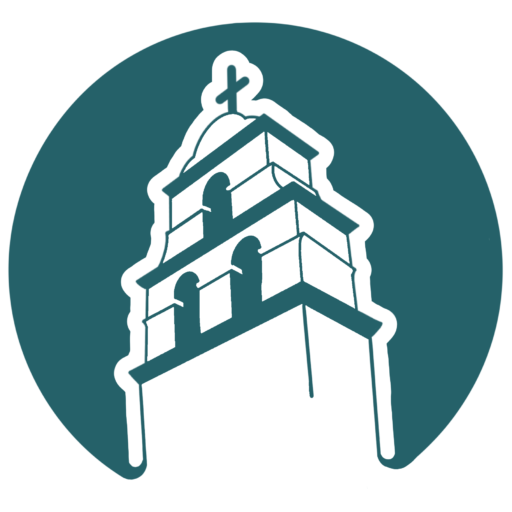Why does the date of Easter which marks the date of Jesus’ death and resurrection move around from year to year? Sometimes it comes at the end of March and other times it happens in late April. It all has to do with the cycles of the moon. According to the Bible, Jesus’ death and resurrection happened around the time of Jewish Passover. Passover is the commemoration of the Biblical story of Exodus – where God freed the Israelites from slavery in Egypt, and its date, as well as that of Easter is calculated using the lunar calendar. But in the past the lunar cycles was calculated in different ways by different groups and some groups celebrated the Resurrection on Passover itself while others held it on the following Sunday. It was considered improper and a scandal to have some Christian followers engaged in fasting and penitence, while others were indulging in festivity and relaxation. Therefore In 325 AD, the Roman Emperor Constantine, who had been converted to Christianity some years before and for reasons which may have been political as well as religious, called a council in the city of Nicea, the first council of the Christian Church, to discuss key beliefs, but also to settle the issue of the date of Easter. Approximately three hundred bishops came to Nicea, a town near Constantinople (now Istanbul), with all expenses paid. They came to discuss and resolve faith issues and to settle the method used to determine the date of Easter. The Nicea Creed, our statement of Christian faith had its origin at this first council. It was decided that all Christians should celebrate Easter on the first Sunday after the first full moon on or after the spring equinox. Consequently, Easter can fall on any Sunday between March 22 and April 25 and is dependent on the lunar cycle. But at the end of the 16th century, things changed again. Christians had up to that point followed the Julian calendar (named after Julius Caesar). In that calendar there is a repeating pattern of three years of 365 days followed by a leap year of 366 days. However it overestimates the length of the year. To solve this, in 1582, Pope Gregory XIII suggested knocking off a few days from the calendar and adjusting the frequency of leap years. Today the Gregorian calendar is the international civil calendar, but it is not used by all churches. Orthodox Christians still use the Julian calendar to calculate the Easter date, making it normally fall on a different day. The next time both Churches will celebrate Easter on the same day is in 2025. The president of the Pope’s Council for Christian Unity, Cardinal Kurt Koch, on March 12, 2021 has supported a suggestion that Catholics and Orthodox work to agree on a common date to celebrate Easter. A representative of the Patriarchate of Constantinople to the World Council of Churches (WCC) said a common Easter date could be a sign of “encouragement” for the ecumenical movement. Orthodox Archbishop Job Getcha of Telmessos suggested that the year 2025 which will be the 1,700th anniversary of the First Ecumenical Council of Nicea, would be a good year to introduce this reform of the calendar. Cardinal Koch said “it will not be easy to agree on a common Easter date, but it is worth working for it. This wish is also very dear to Pope Francis and also to the Coptic Pope Tawadros.
